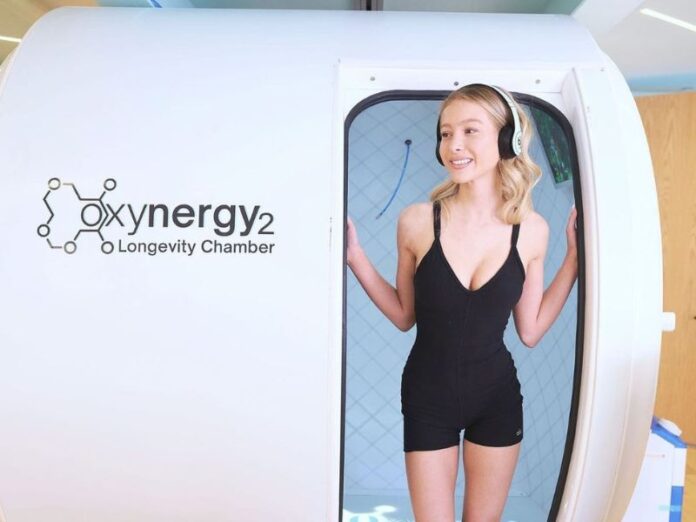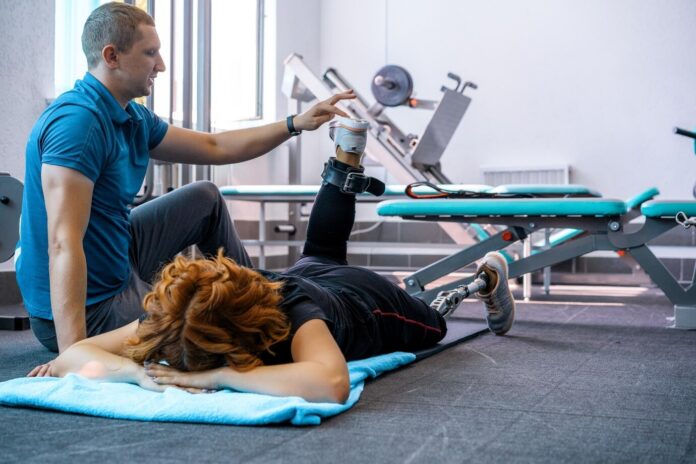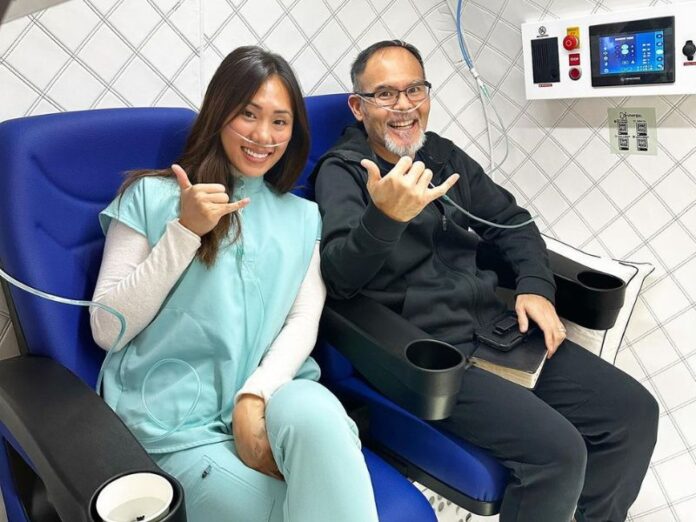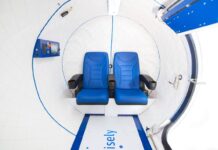In the world of sports, athletes are constantly seeking ways to gain a competitive edge and enhance their performance. One method that has garnered significant attention in recent years is the use of hyperbaric chambers. These chambers, which simulate high-pressure environments, are believed to promote faster recovery, improve circulation, and increase oxygen delivery to tissues.
LeBron James, one of the most iconic basketball players of all time, has been known to use a hyperbaric chamber as part of his training and recovery regimen. However, despite its popularity among athletes, there are many myths and misconceptions surrounding the use of hyperbaric chambers. In this article, we will delve into the truth behind LeBron James’ hyperbaric chamber use and debunk some of the common myths associated with it.
Myth 1: Hyperbaric Chambers Are a Miracle Cure
It’s important to debunk the misconception that they are a one-size-fits-all solution for athletic performance and recovery. While there is evidence to suggest that hyperbaric oxygen therapy (HBOT) can have benefits for certain medical conditions, such as decompression sickness and carbon monoxide poisoning, its effectiveness for enhancing athletic performance is less clear-cut.
While LeBron James and other athletes may use them as part of their training routine, it’s crucial to recognize that they are just one piece of the puzzle. Proper nutrition, hydration, rest, and training are equally—if not more—important factors in achieving peak performance.
Myth 2: Hyperbaric Chambers Are Dangerous

Another myth surrounding hyperbaric chambers is that they are inherently dangerous or pose significant risks to users. While it’s true that improper use of hyperbaric chambers can lead to complications, when used correctly and under the guidance of trained professionals, they are generally considered safe.
LeBron James and other athletes who use hyperbaric chambers typically do so under the supervision of medical experts who monitor their sessions and ensure their safety.
The Importance of Proper Training and Supervision
One of the keys to safely using hyperbaric chambers is ensuring that athletes receive proper training and supervision. LeBron James and other athletes who incorporate HBOT into their routines typically work closely with medical professionals who understand how to use the chambers safely and effectively, often seeking guidance from renowned experts in sports medicine and performance enhancement, such as those at Longevity Beverly Hills.
This includes monitoring air pressure levels, oxygen concentrations, and treatment durations to minimize the risk of complications.
The Science Behind
Hyperbaric chambers work by increasing the atmospheric pressure around the body, allowing it to absorb more oxygen than it would at normal air pressure. This elevated oxygen level can promote healing and reduce inflammation, making hyperbaric oxygen therapy (HBOT) appealing to athletes like LeBron James who are seeking ways to enhance their recovery.
The increased oxygen delivery to tissues can aid in the repair of damaged cells and tissues, potentially speeding up the healing process after intense physical activity or injury.
The Role in Athletic Recovery

In the realm of professional sports, where athletes push their bodies to the limit on a regular basis, recovery is paramount. They offer a non-invasive and drug-free way to support the body’s natural healing processes and expedite recovery from intense physical exertion. LeBron James and other elite athletes may use them to reduce muscle soreness, minimize fatigue, and recover more quickly between workouts and games.
Moreover, hyperbaric oxygen therapy has been shown to have neuroprotective effects, potentially reducing the risk of concussion-related complications and supporting brain health in athletes. This aspect of HBOT is particularly relevant in contact sports like basketball, where head injuries are a concern.
By incorporating chambers into their recovery routines, athletes like LeBron James can take proactive steps to protect their long-term health and well-being while maximizing their performance on the court.
Debunking Common Misconceptions
Despite the growing popularity among athletes, there are still many myths and misconceptions surrounding their use. One common misconception is that chambers are only beneficial for treating specific medical conditions, such as decompression sickness or diabetic ulcers. While it’s true that HBOT has proven efficacy in these areas, research suggests that it may also have broader applications for enhancing athletic performance and recovery.
Another misconception is that they are prohibitively expensive and inaccessible to the average athlete. While it’s true that purchasing it for personal use can be costly, many professional sports teams and training facilities offer access as part of their recovery amenities.
Additionally, some athletes choose to undergo HBOT sessions at specialized clinics or treatment centers, which may offer more affordable options for those seeking to incorporate hyperbaric therapy into their routine.
Future Directions in Hyperbaric Oxygen Therapy Research

As interest in hyperbaric oxygen therapy continues to grow within the athletic community, researchers are exploring new avenues for maximizing its benefits and understanding its mechanisms of action.
One area of focus is the potential synergistic effects of combining HBOT with other modalities, such as cryotherapy or massage therapy, to enhance recovery and performance. By integrating multiple recovery strategies, athletes may be able to optimize their recovery processes and minimize the risk of overuse injuries.
Furthermore, ongoing research is exploring their use for preventive purposes, such as reducing the risk of soft tissue injuries or improving overall resilience to physical stress. By identifying biomarkers and physiological indicators of recovery, researchers hope to develop personalized treatment protocols that can optimize the effectiveness of hyperbaric oxygen therapy for individual athletes.
As our understanding of the science behind chambers continues to evolve, so too will our ability to harness their potential for enhancing athletic performance and promoting overall well-being.
Conclusion
In conclusion, while hyperbaric chambers have become a popular tool among athletes like LeBron James, it’s essential to separate fact from fiction when it comes to their effectiveness and safety. These chambers are not a miracle cure for athletic performance or injuries, nor are they inherently dangerous when used correctly.
By understanding the science behind hyperbaric oxygen therapy and prioritizing proper training and supervision, athletes can make informed decisions about incorporating this modality into their training and recovery regimens. As with any aspect of sports performance, the key is to approach hyperbaric chamber use with realism, caution, and a commitment to overall health and well-being.






